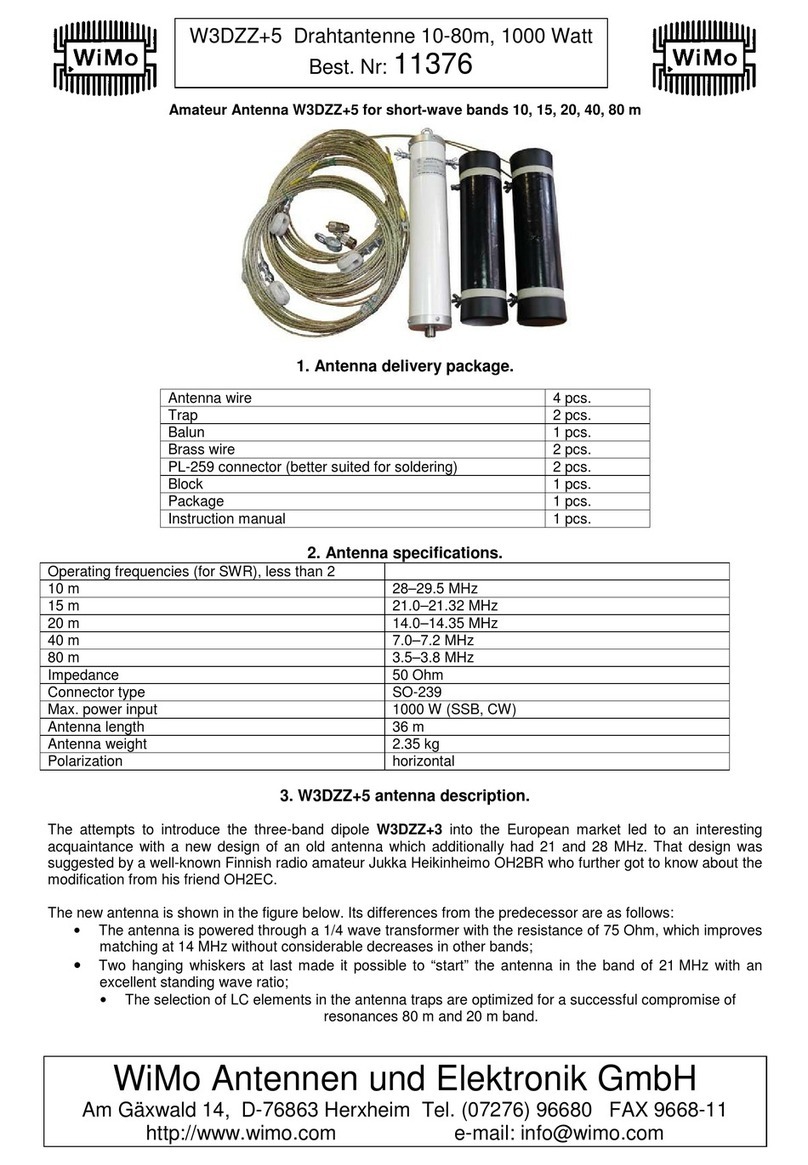WiMo ACOM2000SW User manual
Other WiMo Antenna manuals
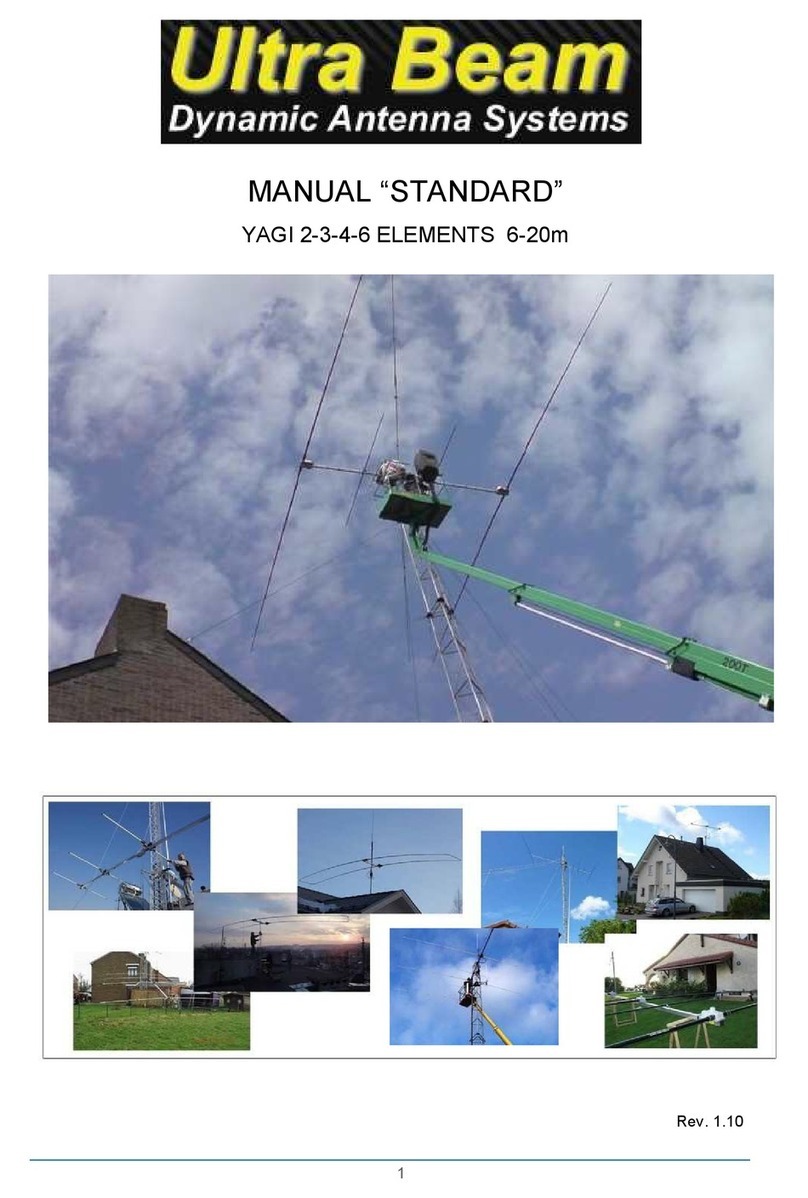
WiMo
WiMo Ultra Beam YAGI 2 User manual

WiMo
WiMo 18007 User manual
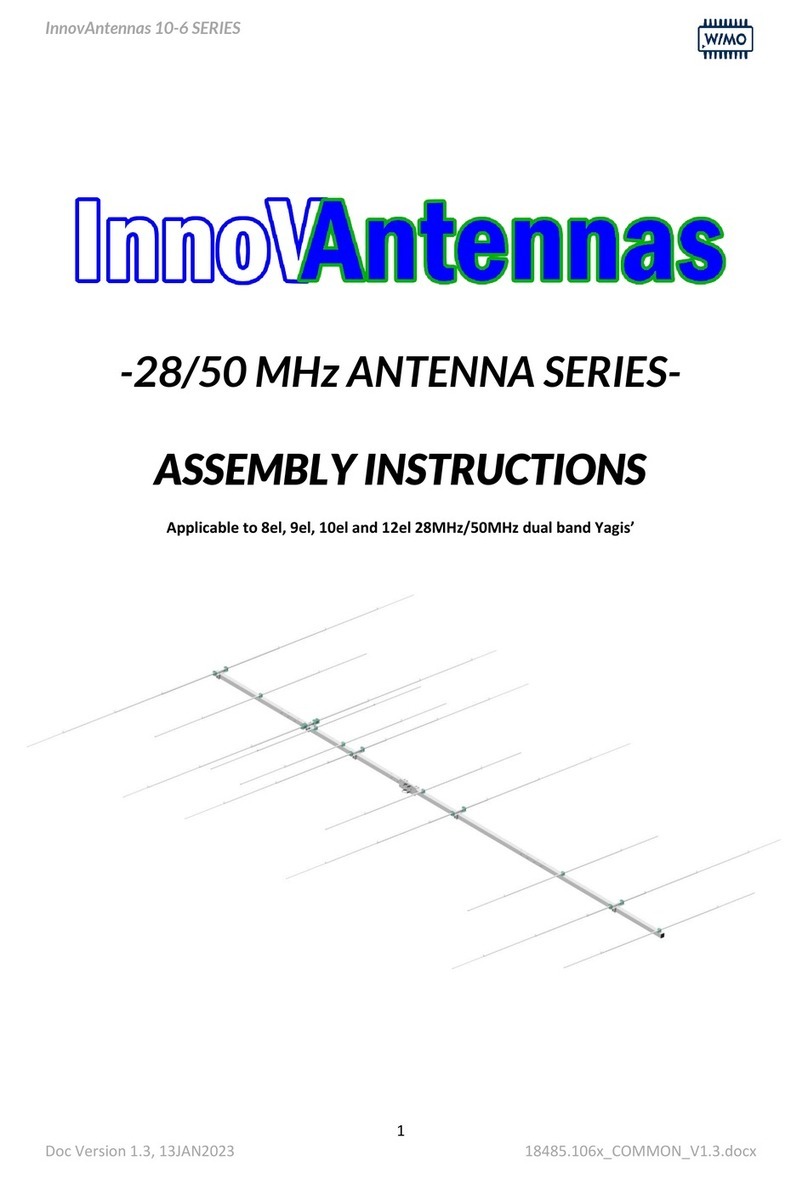
WiMo
WiMo InnovAntennas 10-6 Series User manual

WiMo
WiMo EAntenna 144XLFA16 User manual
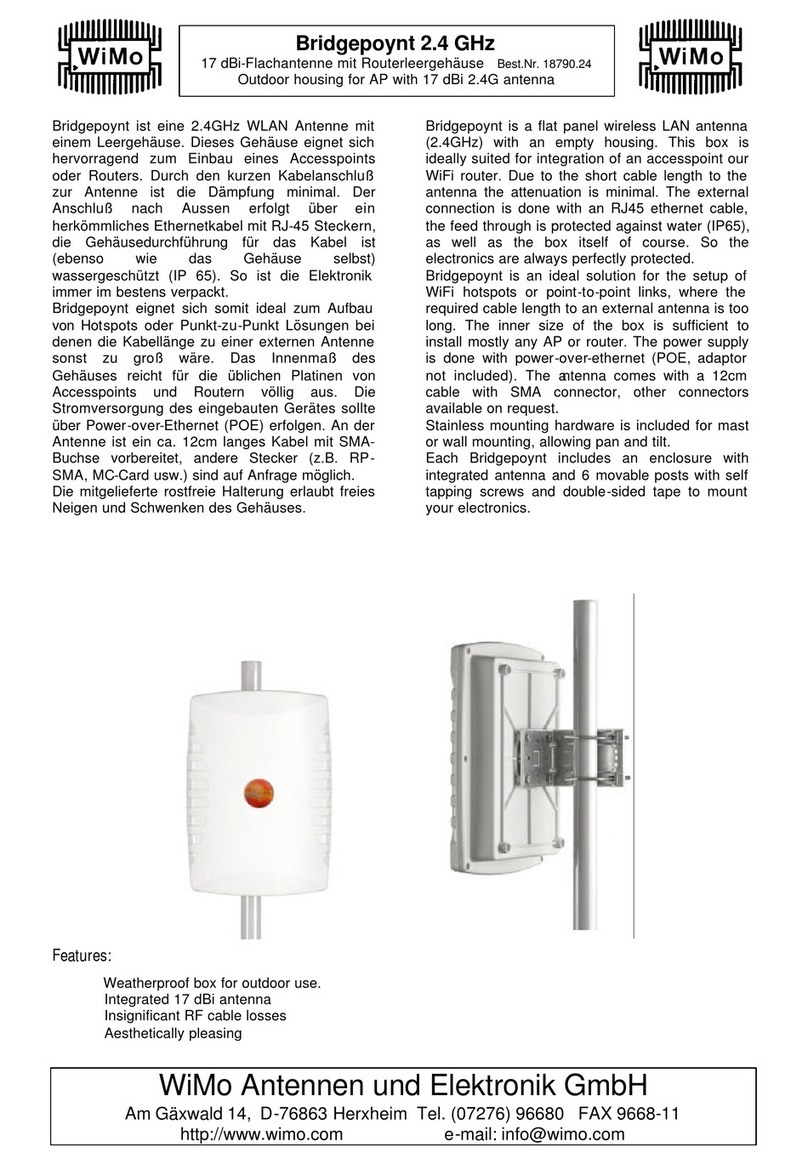
WiMo
WiMo Bridgepoynt User manual
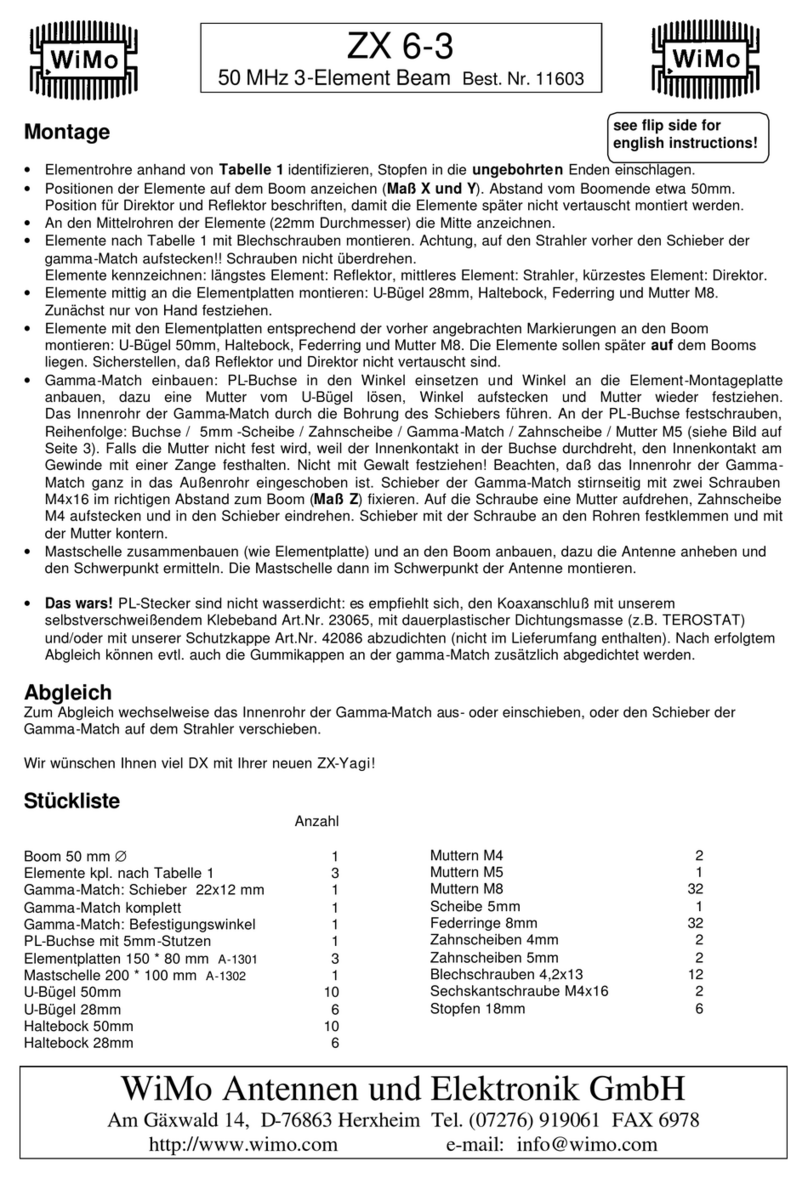
WiMo
WiMo ZX 6-3 User manual

WiMo
WiMo ULTRABEAM User manual

WiMo
WiMo CK-868LIN User manual

WiMo
WiMo Kelemen Series User manual

WiMo
WiMo 18009 User manual
Popular Antenna manuals by other brands

DAVIS
DAVIS Windex AV 3160 installation instructions

Belden
Belden Hirschmann BAT-ANT-N-14G-IP23 Mounting instruction

Vtronix
Vtronix YHK Fitting instructions

KVH Industries
KVH Industries TracVision 6 Technical manual

Leica Geosystems
Leica Geosystems GS10 user manual

Sirio Antenne
Sirio Antenne Gain-Master manual

Feig Electronic
Feig Electronic ID ISC.ANTH200/200 Series manual

TERK Technologies
TERK Technologies TV44 owner's manual

TERK Technologies
TERK Technologies SIR3 owner's manual

Directive Systems & Engineering
Directive Systems & Engineering DSE2324LYRMK quick start guide

HP
HP J8999A instructions

MobilSat
MobilSat MSP-S Mounting instructions
